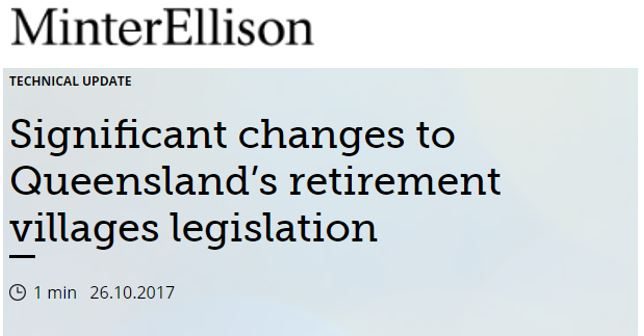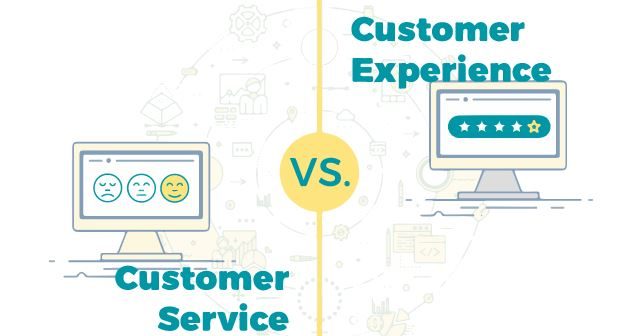Have you heard that compulsory ‘buybacks’ are coming your way and do you understand them? In simple terms, regulators across …
Last issue we talked about ‘Customer Experience’. In that discussion is the concept of village managers being leaders. We cover …
There is an increasing discussion by state regulators around mandated buybacks. Started by QLD 18 months ago, the concept is …
Has your owner or others been talking about ‘customer experience’, how important it is and how you should be implementing …




